We crossed the border into Uganda with some sadness at having to leave Rwanda. Uganda is in the build up to a general election so we did not intend to stay too long and planned to be out of the country well before Election Day.
Enlarge
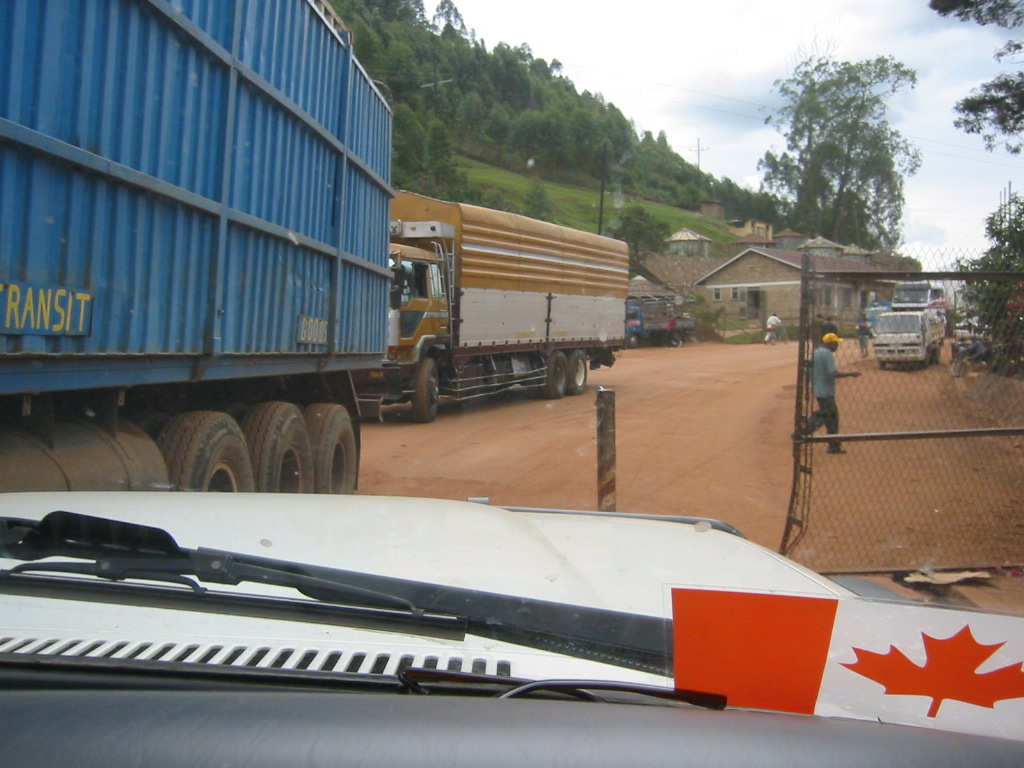
Adventurouspirits
Uganda is in the build up to a general election so we were a little nervous entering since the media was full of dire predictions regarding wether they would be peaceful or not.
Enlarge
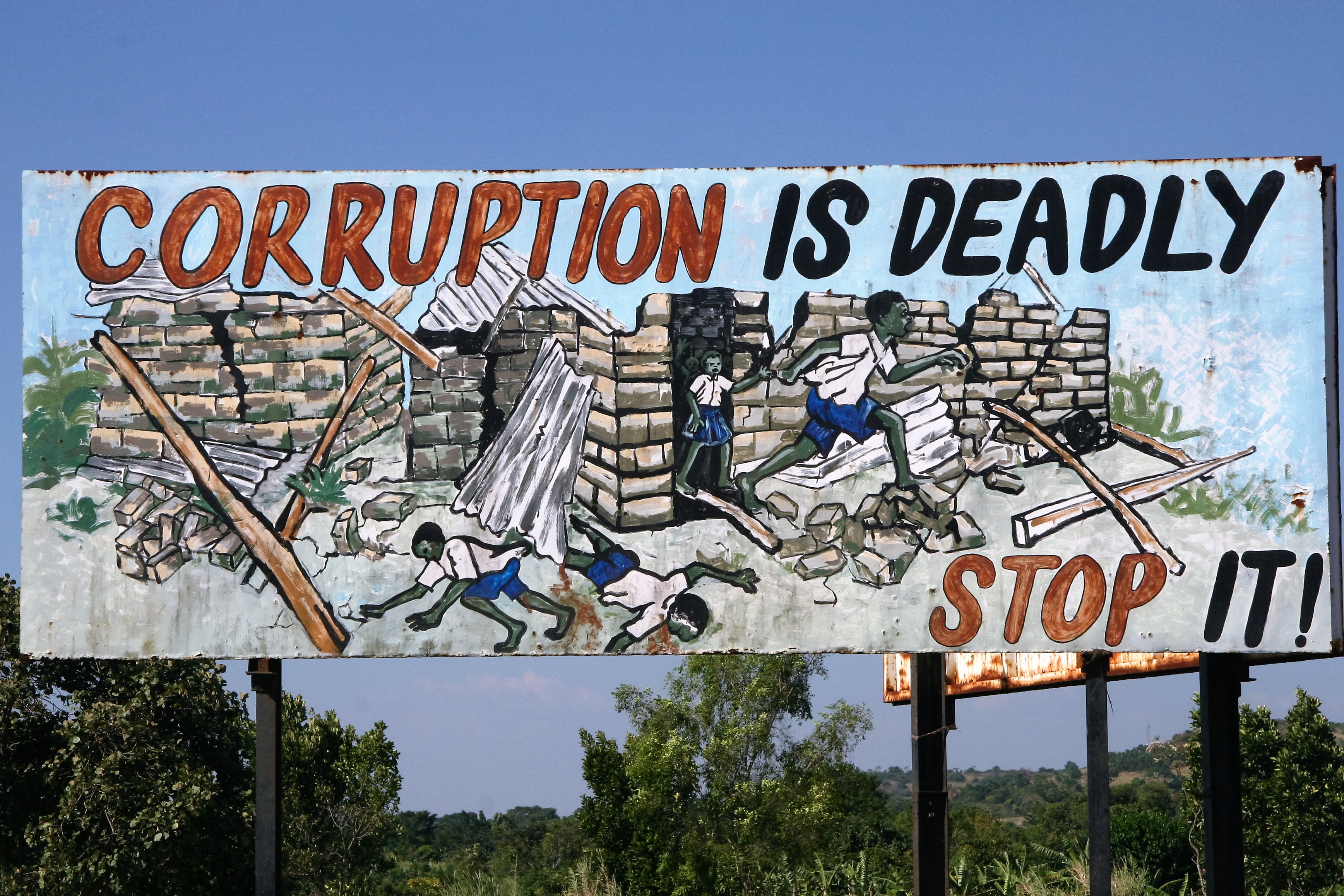
Adventurouspirits
Just north of the Rwanda’n border lies Lake Bunyonyi. This idyllic lake and its surrounding rolling hills is often referred to as the “Little Switzerland of Africa”. We set up camp on the grounds of one of the many eco-lodges which dot the lake shore.
Enlarge

Adventurouspirits
A local informed us the the lake was home to a delicious fresh water shrimp and offered to cook us dinner.
Enlarge

Adventurouspirits
Enlarge

Adventurouspirits
The early morning mist rises as we pack up our camp. It is hard to pull ourselves away from the beauty of this place but we must keep heading north.
Enlarge
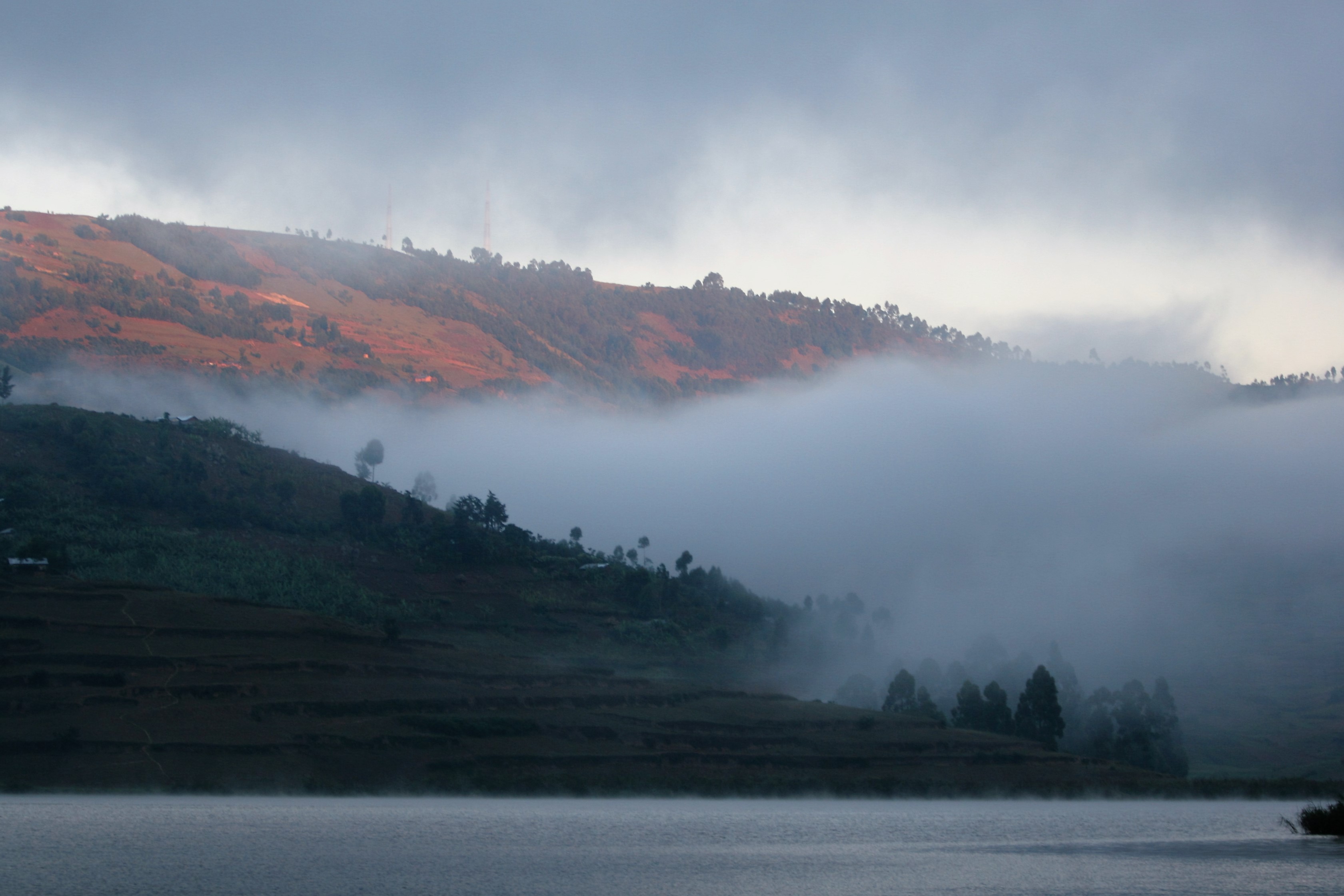
Adventurouspirits
En route to Kampala, the Capital, we reached another exciting milestone; crossing the Equator. An excited cheer erupted in the car when the GPS display indicated that we were at latitude zero.
Enlarge

Adventurouspirits
Enlarge
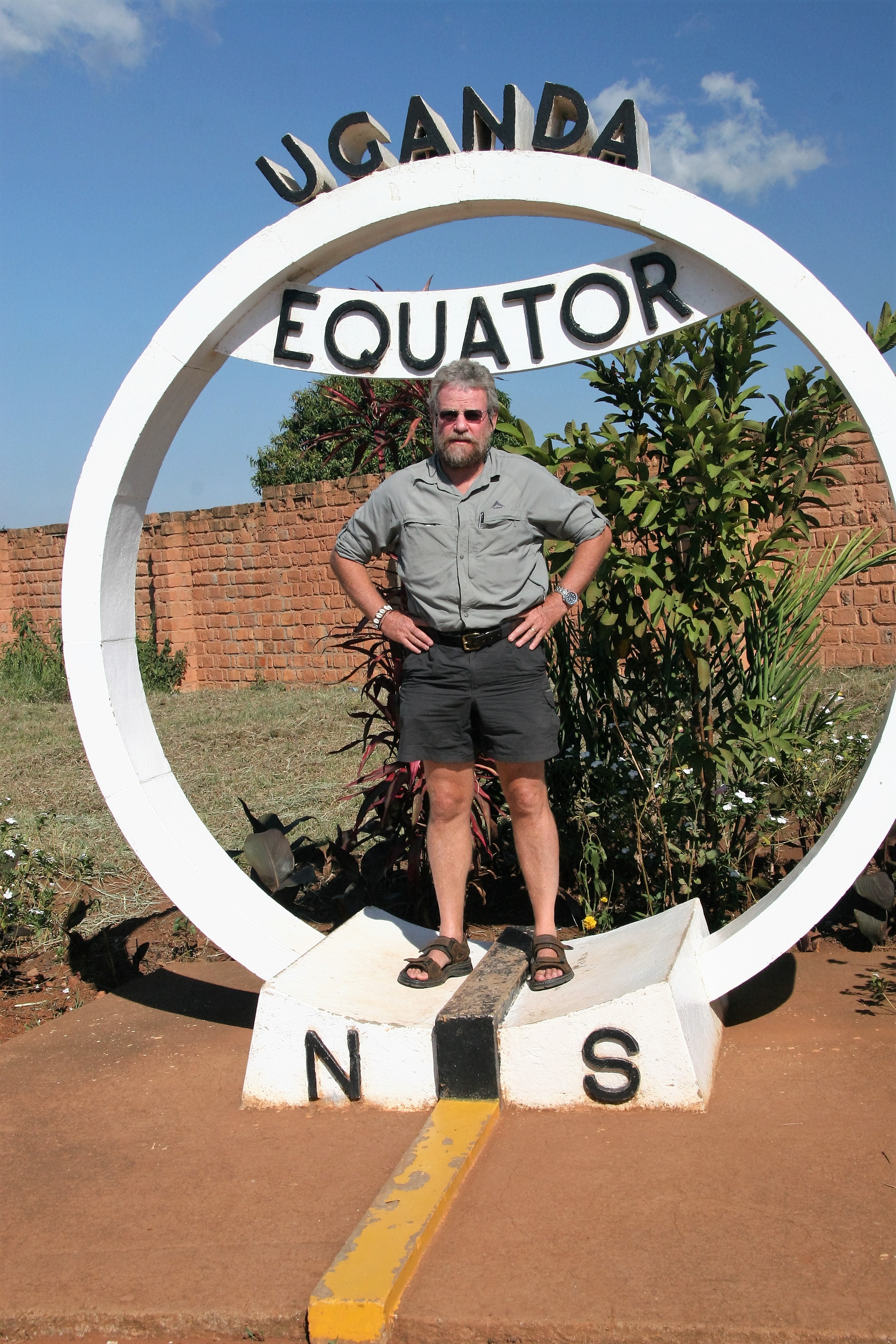
Adventurouspirits
African cities are difficult places to get around, Kampala traffic was no exception, and with potholed streets and only 2 working traffic lights, we maneuvered our way across the city. The traffic is chaotic. There are very few or no street signs, apparently no building zones, and market stalls and people spill over the sidewalks into the streets. Jan normally does the city driving and I do the navigating. This system works for us. This way we arrive at our destination still friends, trying it the other way around is always a disaster. On checking the cruiser that evening I noticed that our rear differential was starting to leak oil so we took in for repairs. The mechanics informed us that they had their passports ready to leave the country since they were expecting violence during the upcoming elections. We always try to get as much information as we can from locals since that is usually the most reliable source. This confirmed our earlier decision not to linger too long in Uganda. For the moment everything was peaceful.
Enlarge

Adventurouspirits
Entebbe is famous not for its peaceful setting on the northern shores of Lake Victoria, but for the Israeli army raid that rescued passengers from the Palestinian hijack of an El Al airliner. Since Entebbe lies only 30kms from Kampala, we decided to make a quick detour and see this famous landmark. On entering the town site, we followed the sign to the “Uganda Wildlife Centre.”
This remarkable institution is an orphanage for abandoned and injured animals. By a stroke of good fortune, we were introduced to the Director who gave us his best guide Jimmy to show us around the animal enclosures. This young Ugandan man is an inspiration. Jimmy is still studying, but his work is a work of passion. His love of and interest in the well being for the all creatures under his care is truly wonderful. He spoke to the chimps, had the rhinos follow him like pets, and knew the names and behaviours of all the animals, which he explained to us in detail with unreserved enthusiasm.
Enlarge

Adventurouspirits
Enlarge
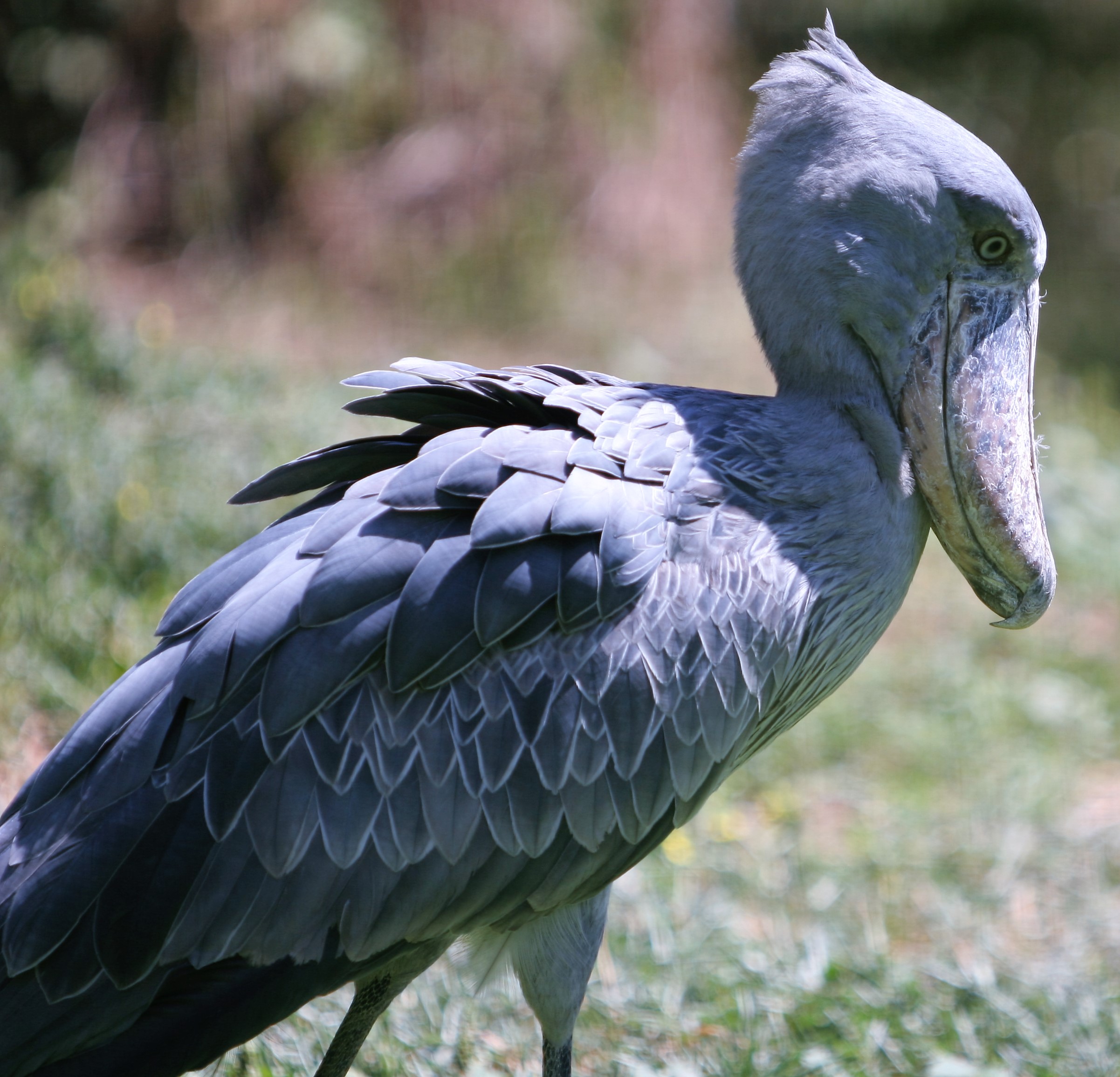
Adventurouspirits
Enlarge
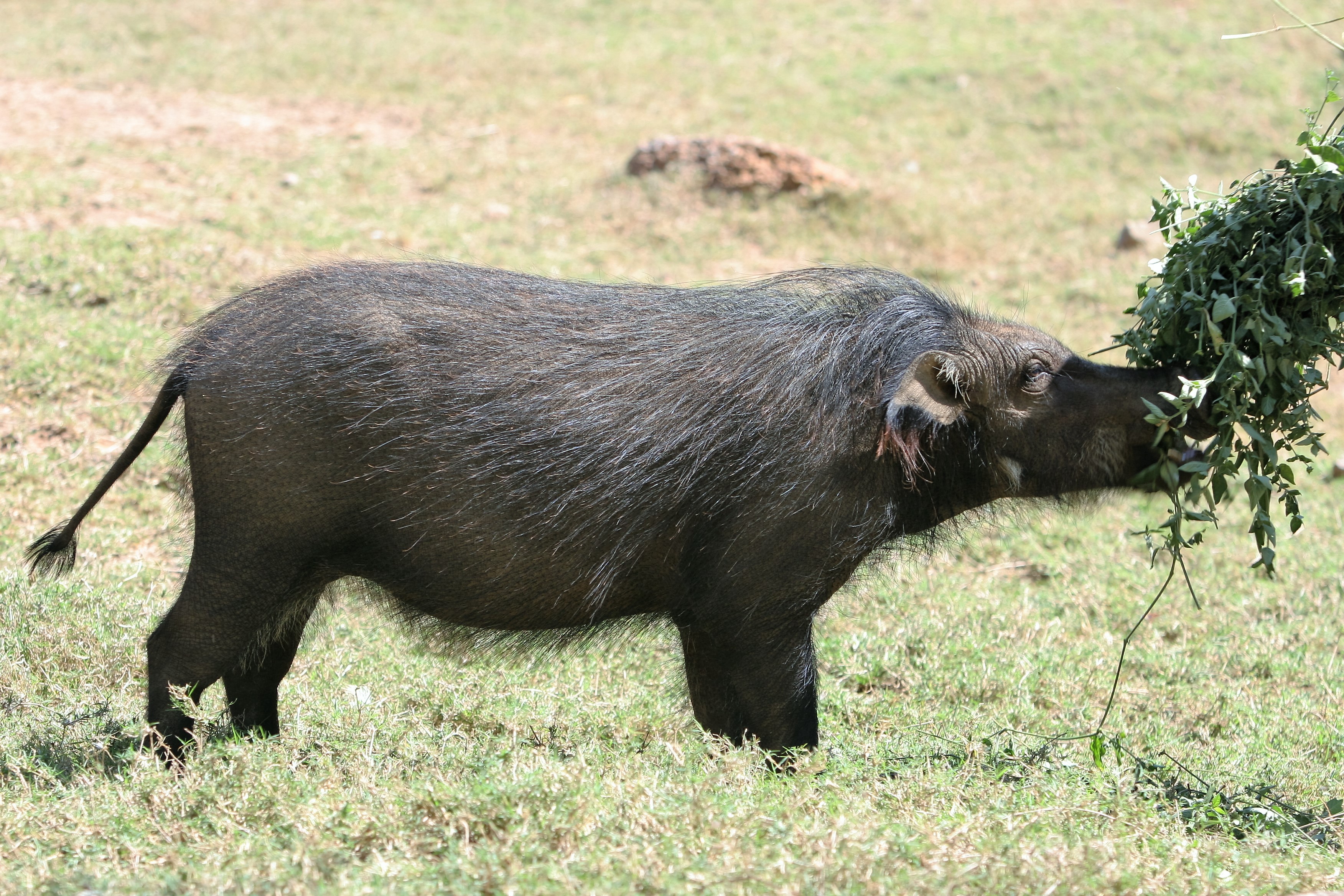
Adventurouspirits
Enlarge
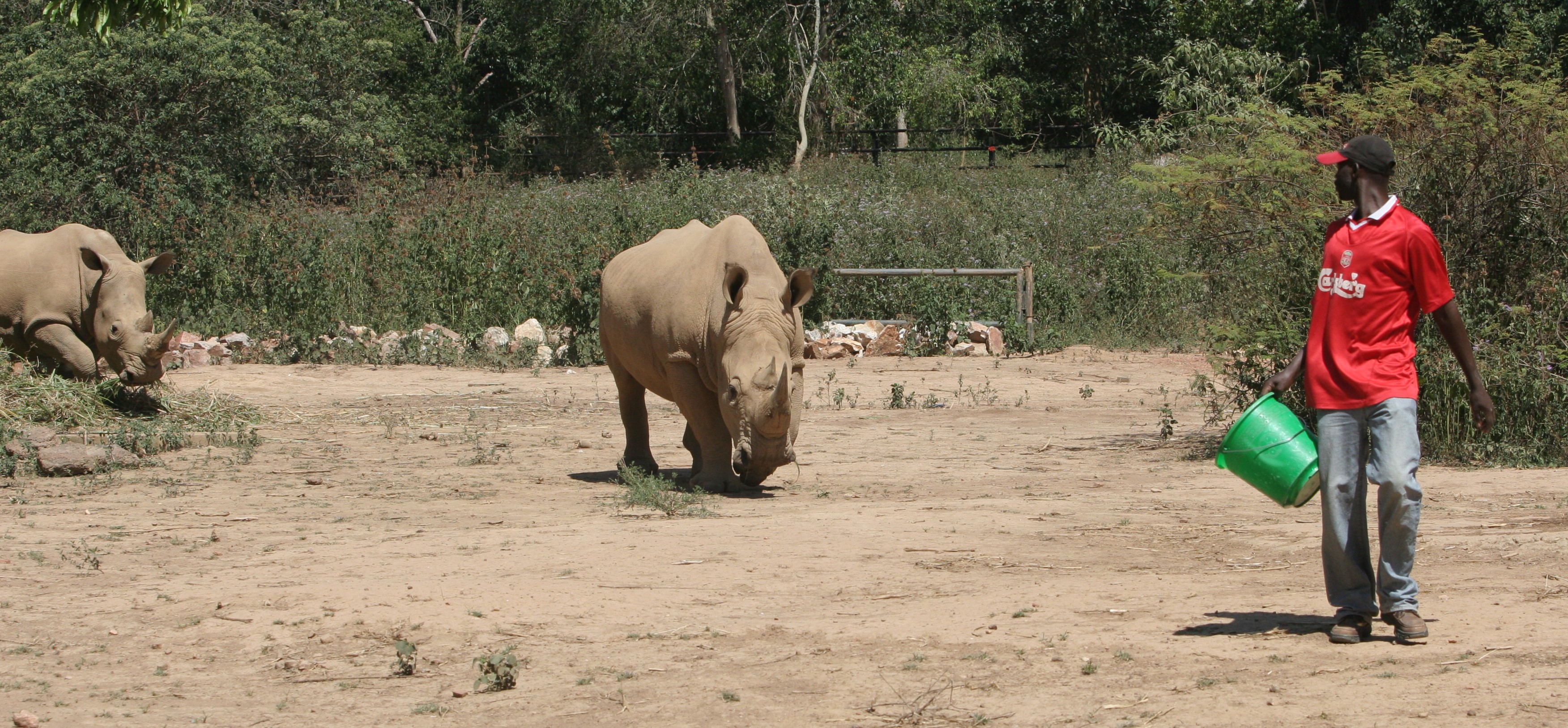
Adventurouspirits
Enlarge

Adventurouspirits
Next stop on our way to the Kenyan Border was Jinja on the shores of lake Victoria which many years ago was thought to be the source of the Nile River.
Enlarge

Adventurouspirits
The Nile River holds a number of impressive records. Its length, the volume of water etc. makes it one of the great rivers of the world. So great, in fact that it spurned bitter rivalries in the early 20th century between a number of British explorers (Burton, Speke, and Livingstone) who all spent most of their lives trying to be first to discover the illusive “source of the Nile.”Dr. David Livingstone died whilst still searching, and Burton and Speke intrigued Victorian British intellectuals for many years defending rigorously their own particular theories. Sir Henry Morton Stanley in fact solved the riddle not by finding the source but by eliminating some of those that had been proposed.
It turned out that Speke was in fact right and that the source of the White Nile is at a place called Ripon falls on the northern shore of Lake Victoria at Jinja. Here water from the second largest lake in the world starts its 6500Km journey north to the Mediterranean. During its journey, it crosses mountain ranges, dense tropical jungles, deserts, swamps and is eventually joined by waters from the Blue Nile, which is sourced from Lake Tana in the highlands of Ethiopia. It provides food, transport, electrical power, and life sustaining water to many different peoples and cultures before it enters into the Mediterranean at Alexandria. In fact they were all wrong. The latest theory is that The Nile is formed by three principal streams: the Blue Nile and the Atbara which flow from the highlands of Ethiopia, and the White Nile, the headstreams of which flow into Lakes Victoria and Albert.
Enlarge

Adventurouspirits
Enlarge

Adventurouspirits
Some local school children dance to welcome us to this historic spot.It reputedly takes three month for a drop of water to reach the Mediterranean Sea from here. It’s strange to think that we will travelling a similar route to our destination
Enlarge
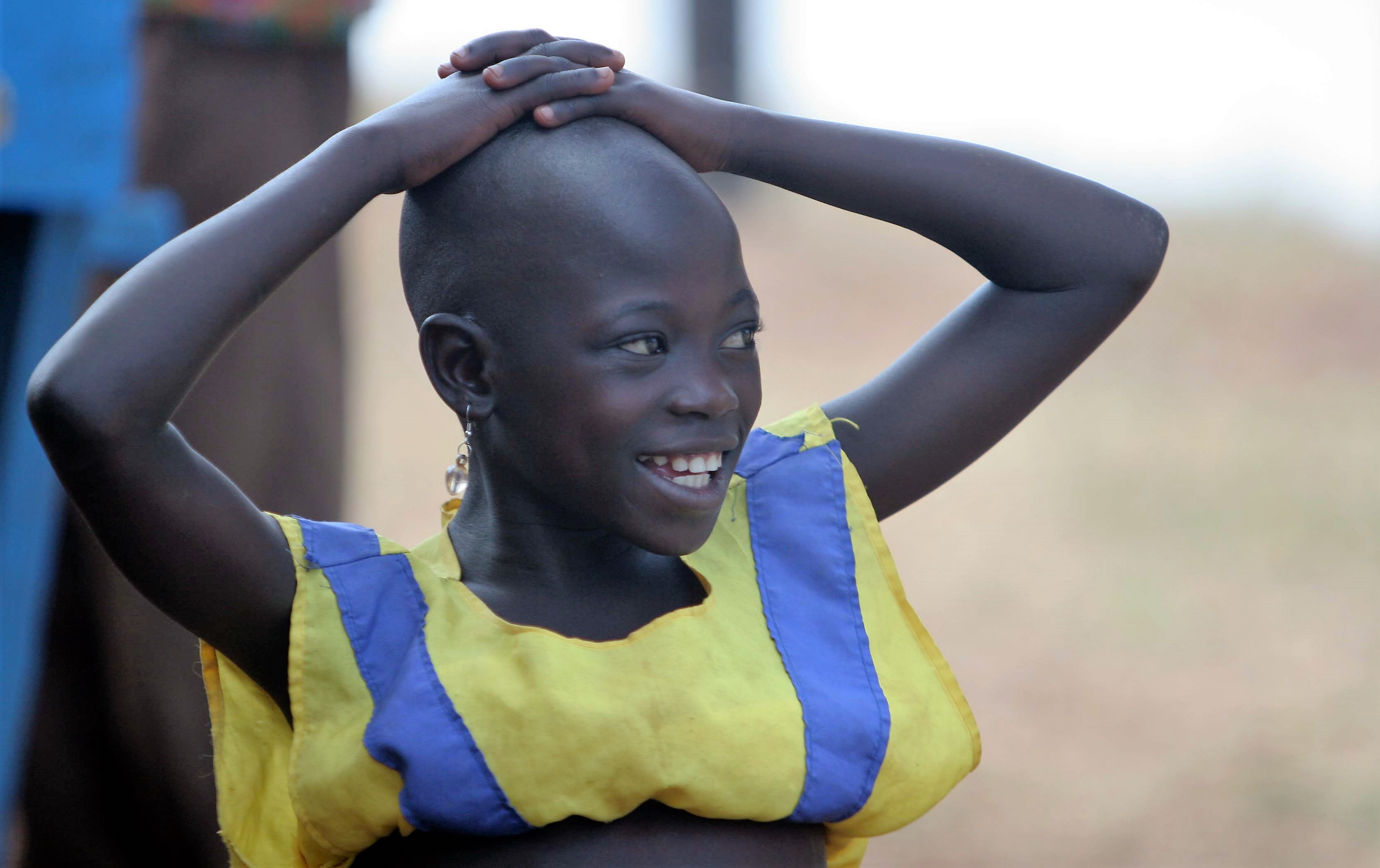
Adventurouspirits
We camp at a local river rafting facility since we intend to get familiar with the waters of the majestic Nile first hand and close up.
Enlarge
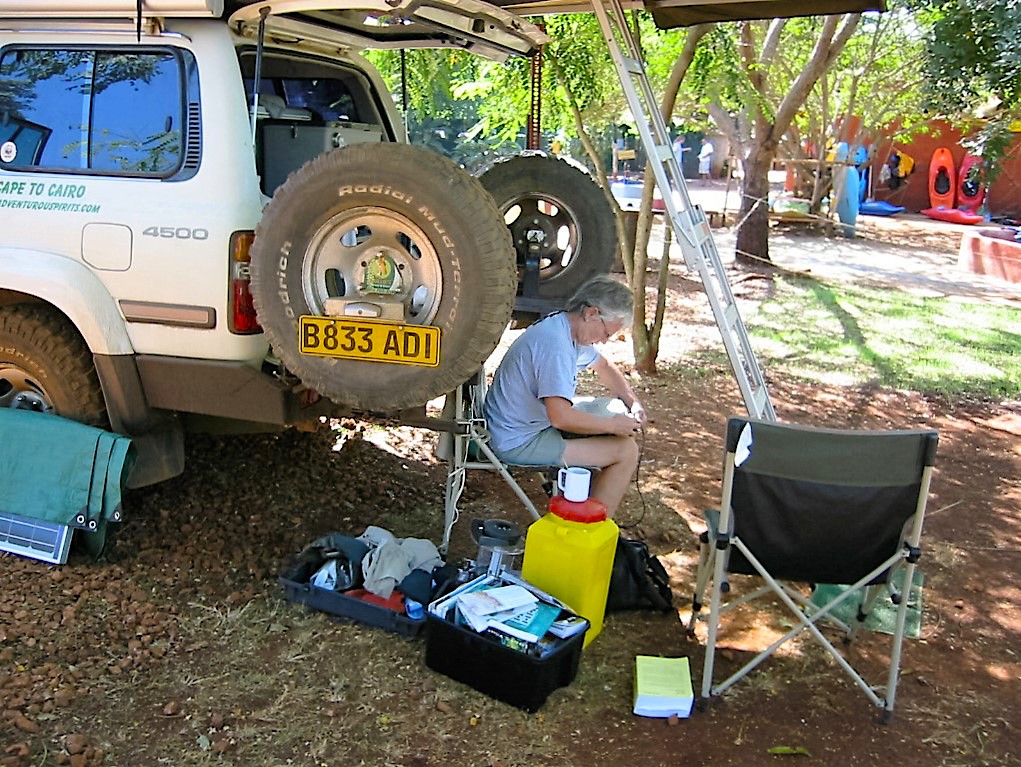
Adventurouspirits
Enlarge
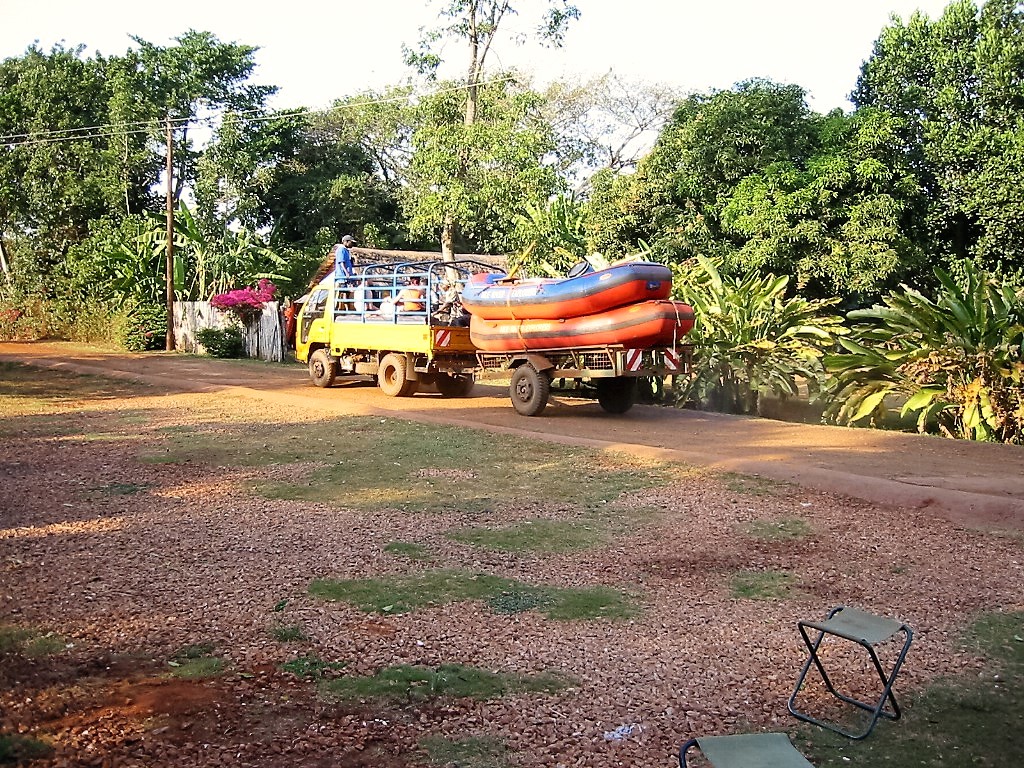
Adventurouspirits
This is the only place in the world where there is a commercial rafting operation offering class 5+ rapid encounters. One of the rapids is called “the bad place”. Now I know why.
Enlarge

Adventurouspiruits
After an exhilarating three hour bucking ride we head back to camp completely exhausted the setting sun providing a spectacular end to a wonderful day.
Enlarge

Adventurouspirits
The elections date was getting close so we decided to head for the Uganda-Kenya border. The Ugandan borders were closed. Miles of trucks blocked access. We were caught up in a a protest by Kenyan truckers and had to resort to some unusual tactics to get through to the Kenyan side which we finally did.
Enlarge

Advenbturouspirits
